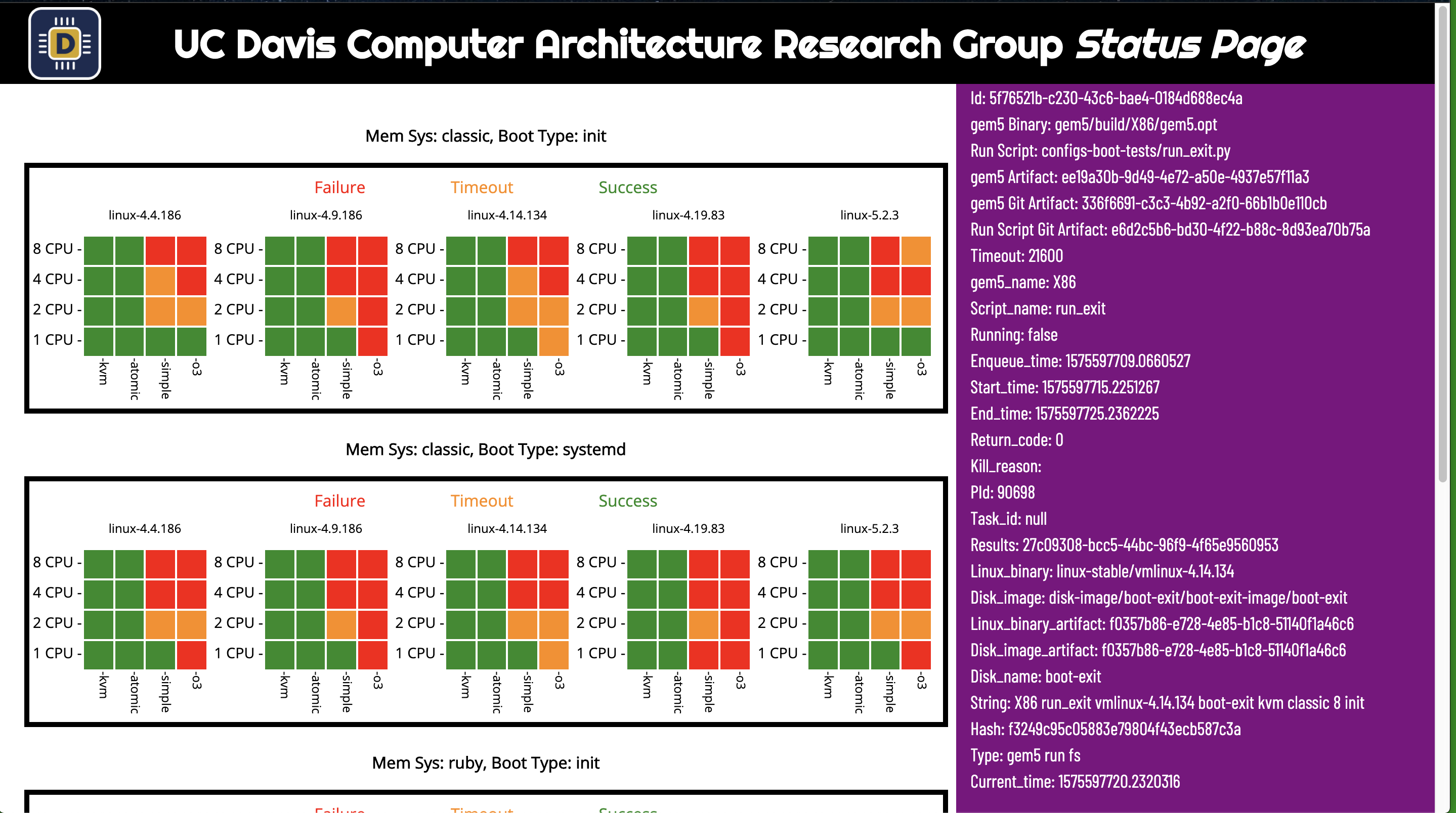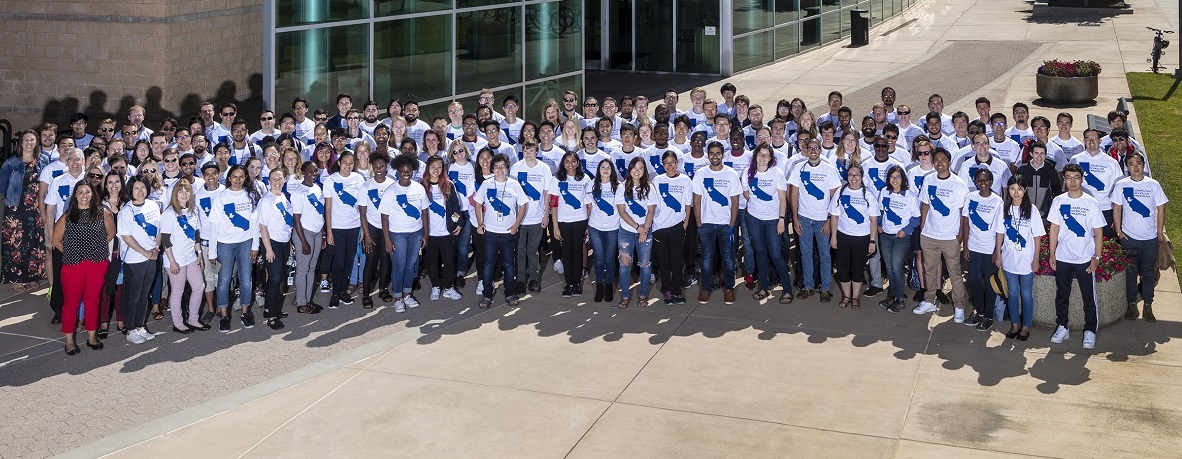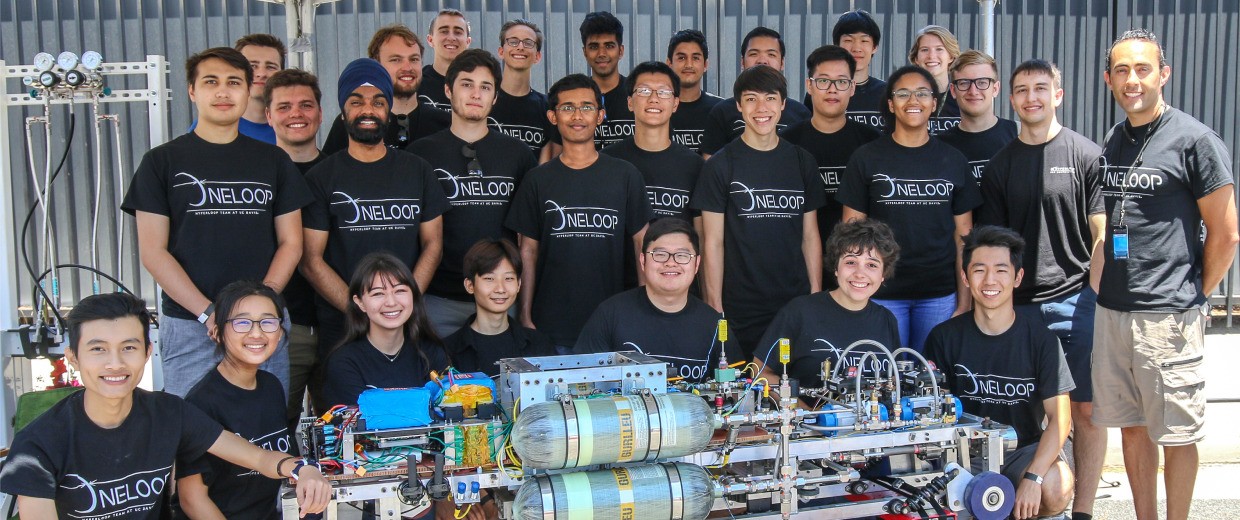This site is proudly hosted on a Raspberry Pi 4
PI location: My RoomCPU Temp: Loading...
CPU Use: Loading...
Total RAM: Loading...
Used RAM: Loading...
I am currently working with Professor Min Xu in the computational biology department of Carnegie Mellon University, where I am using machine learning to perform anomaly detection on videos of various procedures which may take place in biological science labs.
The goal is to make it possible to automate tasks such as pipetting while also ensuring that any errors in the automated system's behavior are 'flagged' by the anomaly detection system so a human can check to see if there is a problem.
From July 2023 to November 2024 I was a bioinformatics engineer for Signature Diagnostics, a biotech startup which develops assays for non-invasive prenatal screening.
At Signature, I transitioned a binary classifier based on a proprietary algorithm into a multi-class classifier which used a separate algorithm I developed to filter out misleading data
One of the focuses of the analytics team I was on was to ensure that the statistical results we were getting resembled what we know to be biologically true. To this end I conducted an analysis comparing a proprietary algorithm with various regression models to see to what extend to genes identified by the algorithms were on similar genetic pathways, or the pathways that we expected.
My final project at Signature Diagnostics was to use retreival augmentation generation to improve the ability of an LLM to describe what we already know. I was able to get more specific results using pathways rather than specific genes as augmentaion data.
From August 2022 to November 2024 I was a spectroscopy and computer vision researcher for Specere Labs at Purdue University run by Professor Thomas Beechem.
While working with Professor Beechem I developed an algorithm which uses non-negative matrix factorization to detect contaminants in mediums such as water. By decomposing the spectral data into its component weights and eigenvectors (which we call 'eigenspectra'), we can use the weights alone to determine whether a substance is contaminated using far less data than standard methods.
We believe that this algorithm will pave the way for the development of highly effective, but also affordable, spectroscopy systems as opposed to the current systems which are either expensive and accurate, or cheap and less accurate.
Paper and code coming soon!
In the summer of 2021, I worked with Professor Aswin Sankaranarayanan at the Carnegie Mellon University Image Science Laboratory. During this period, I developed an unsupervised learning method to identify prominent materials in hyperspectral images using a modified visual autoencoder.
Our work was presented at the 36th AAAI Conference on Artificial Intelligence
Welner, M. (2022). Unsupervised Identification of Materials with Hyperspectral Images. Proceedings of the AAAI Conference on Artificial Intelligence, 36(11), 13144-13145Lightning Talk: Presented at the AAAI Undergraduate Consortium:
Additionally, I presented a poster at the 2021 Virtual Ken Kennedy AI and Data Science Conference, as well as the following talk:
Finally, I presented a poster at the 2021 Virtual Purdue Undergraduate Research Conference.
As an undergraduate, I was a member of the Bionic Engineering And Assistive Robotics Lab run by Professor Jonathon Schofield. I used Java and Unity3D to design a video game as a data collection system for a user study with young participants. I also worked with graduate students to collect and analyze data from other studies conducted by the lab.
This work led to me receiving a 2021 Provost Undergraduate Fellowship, which provided the lab with a $1800 grant to continue researching child prosthetics. As part of the fellowship I presented the following poster
The findings of the entire project were presented at the 2022 International Conference on Rehabilitation Robotics (ICORR).
M. A. Battraw, P. R. Young, M. E. Welner, W. M. Joiner and J. S. Schofield, "Characterizing Pediatric Hand Grasps During Activities of Daily Living to Inform Robotic Rehabilitation and Assistive Technologies," 2022 International Conference on Rehabilitation Robotics (ICORR), Rotterdam, Netherlands, 2022, pp. 1-6At one point, I was given a prosthetic hand to program with a myoelectric detection system. Below is a video of me using it.
During the winter of 2019, I researched at a computer architecture lab at UC Davis led by Professor Lowe-Power. My work involved updating the lab's web application to display their results quickly and clearly, enabling graduate students to iterate their experiments without laboriously searching through text output. You can find my contributions in the now archived GitHub repository.

In the summer of 2019, I worked as a Summer Scholar for the Computing Division of the National Ignition Facility at Lawrence Livermore Laboratories. My responsibilities included updating the codebase that controls the National Ignition Facility—the world's most energetic laser beam. This involved transitioning from Java 8 to Java 11, adding unit tests, and modernizing the coding style for legacy code.
The findings were presented in a poster at the 2019 National Ignition Facility Summer Scholar Research Symposium.
I also participated in the LLNL Hackathon.

In 2018, I joined OneLoop, the Hyperloop team at UC Davis, where I designed a failure reporter to indicate whether our racing pod was encountering any issues. That summer, our team placed in the top 21 teams globally and was invited to race our pod at the SpaceX facility.
In 2019, I was appointed president of OneLoop and led the team for a year and a half. During the pandemic, while SpaceX canceled all future competitions, I continued to lead the team in developing new braking and propulsion systems and secured sponsorships such as ANSYS. The team is now working towards competing in European Hyperloop Week.
